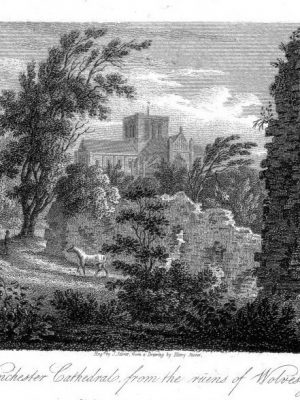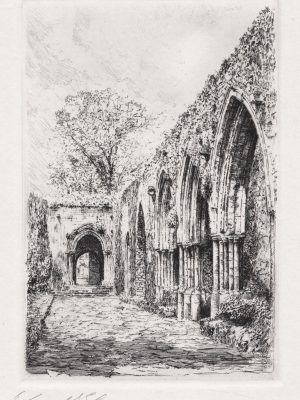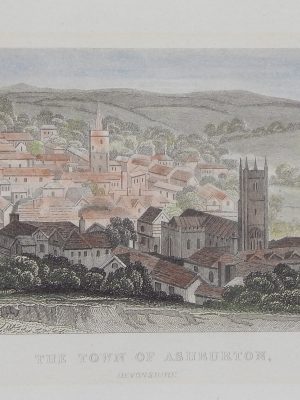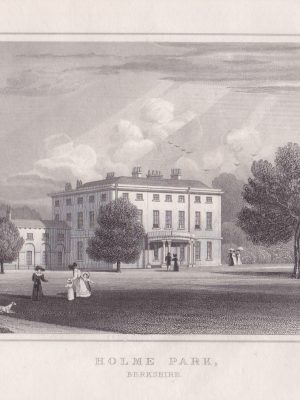£30.00
Antique steel line engraving of Entrance to Bath from London side from Britton’s Cities of Bath and Bristol c.1829.
1 in stock
Description
ENTRANCE TO BRISTOL, FROM THE LONDON SIDE
Published by Jones & Co. London c.1829
Drawn by W. Bartlett : Engraved by C. Mottram
An original steel line engraving with later hand colouring from Topographical Characteristics of the Cities of Bath and Bristol, with the Counties of Somerset and Gloucester, displayed in a series of views (1829-31). This was a part series written by the antiquarian and topographer John Britton.
The publication contained 48 engraved plates from original drawings by several artists including the architectural and landscape illustrator William Henry Bartlett. He was initially apprenticed to Britton and travelled extensively around Britain and later the United States, creating sepia wash drawings to the exact engraving size. This engraving was created by the watercolourist and engraver Charles Mottram who was an expert at creating sky tints with a ruling machine on steel.
The antique print shows a view of Bristol Bridge from the Bedminster side of the City cross to the High Street. This was the site of the original Saxon crossing over the River Avon, that was to give Bristol (or Brygstowe) its name and was the only crossing point in the area. The original wooden medieval bridge comprised four arches, and its two sides had five storey high dwellings that jettied over the edge of the bridge. In the early eighteenth century, the City of Bristol expanded dramatically and this entrance from the Bath/London direction became highly congested when transport entering the City became constricted by the narrow encroachments. The Bristol MP Sir Jarrit Smyth therefore called for the construction of a new bridge and in 1760 introduced a bill to replace the existing dangerous wooden one. Read about the C18th stone bridge in Bristol.
The engraving also shows three of the medieval churches in the City including Christchurch on the right with its pointed spire. It forms the oldest religious site in Bristol and the famous town quarterjacks were designed by Paty in 1728. The tower and cupola of All Saints Church in the centre of the print, were replacements for earlier structures, but were rebuilt by Like Henwood the City Surveyor in 1807. The Gothic windows of St Nicholas’ Church, just visible on the left of the bridge in Baldwin Street, were part of the eighteenth century rebuilding design by James Bridges when he worked on the bridge. The grand building to the right no longer exists and the site now forms part of Castle Park.
This print is in a fair clean condition with light staining to the edges. It has later hand colouring and is available mounted in an cream conservation quality mount and framed with a walnut and gold wood frame. Price – £30.00.
Approximate dimensions are:
Mount window: 160 x 110 mm
Frame overall size: 285 x 235 mm
Additional information
| Weight | 0.5 kg |
|---|







